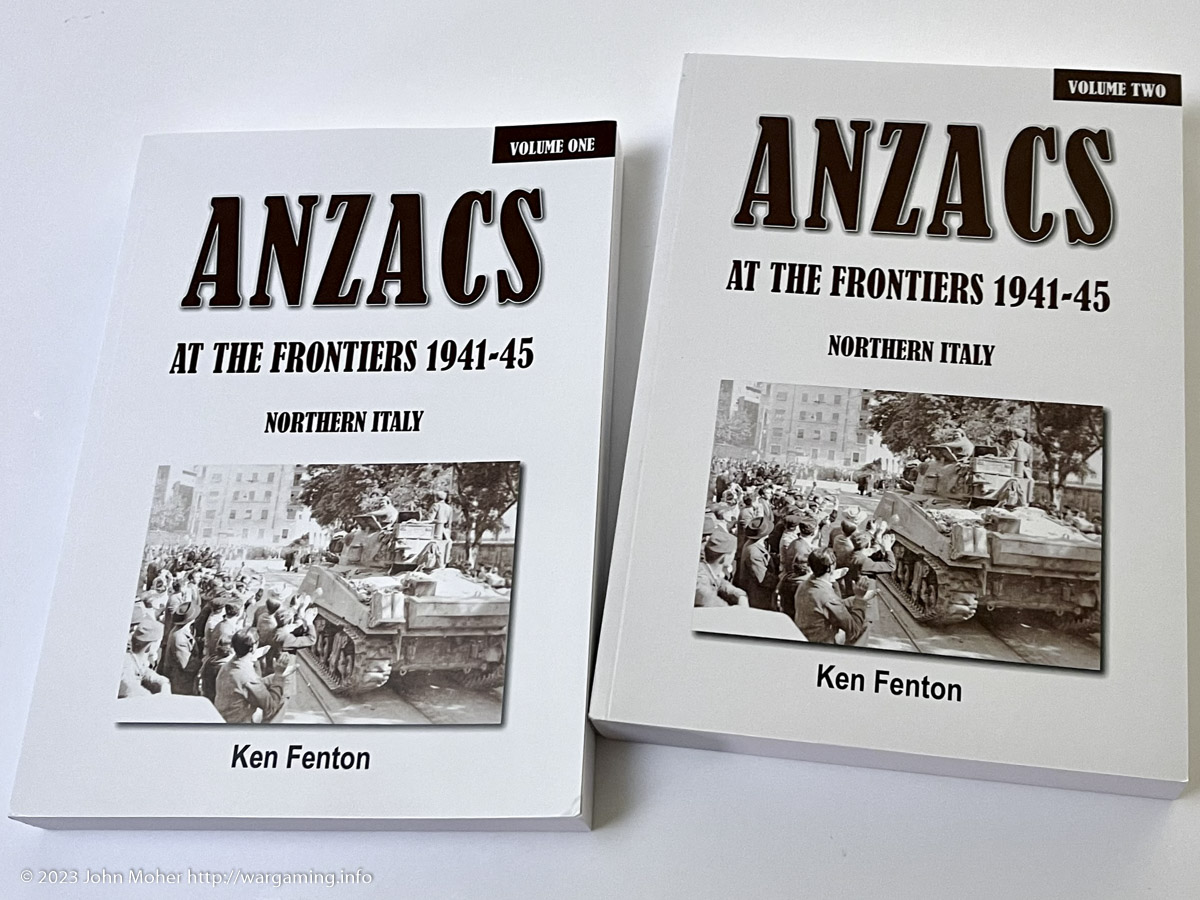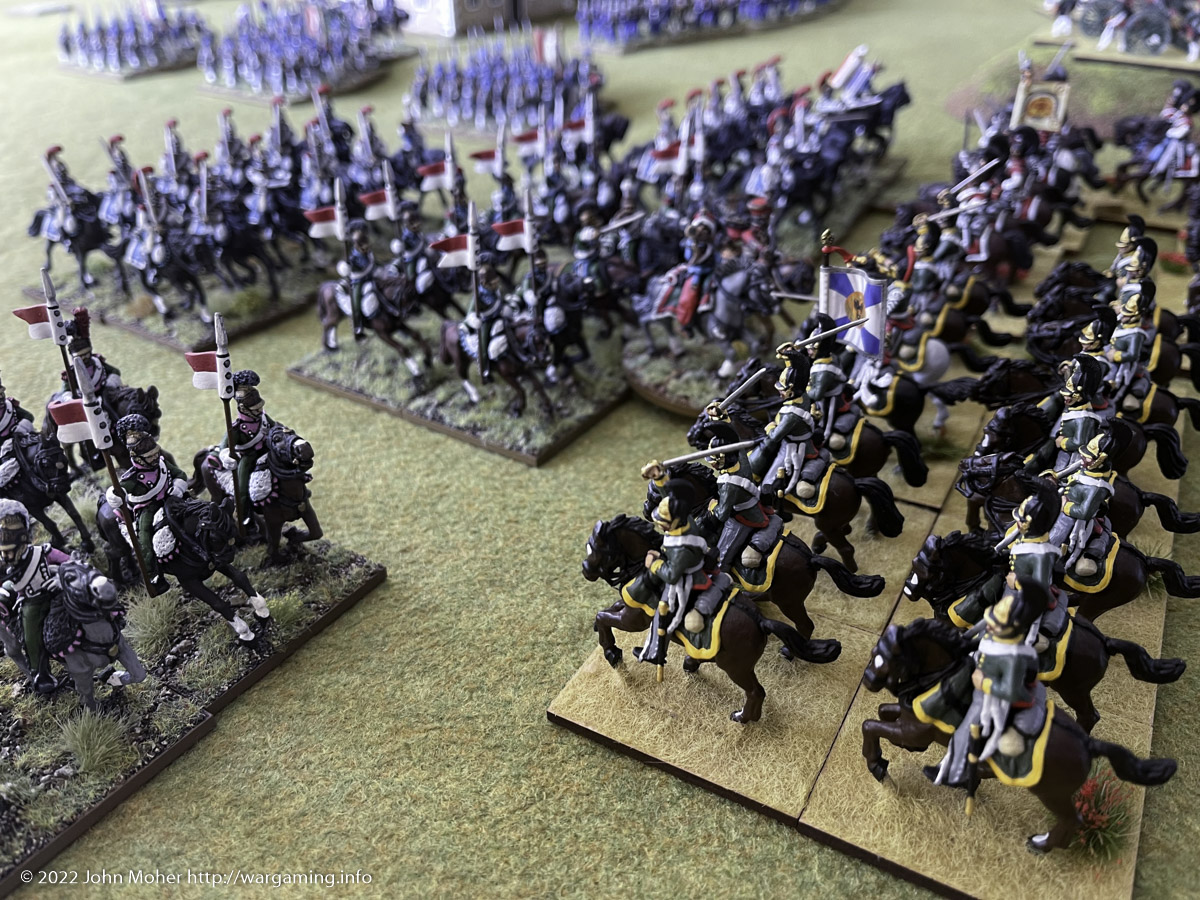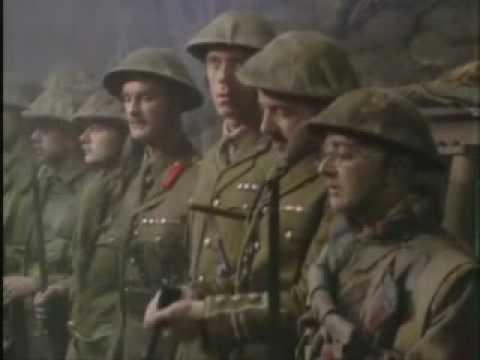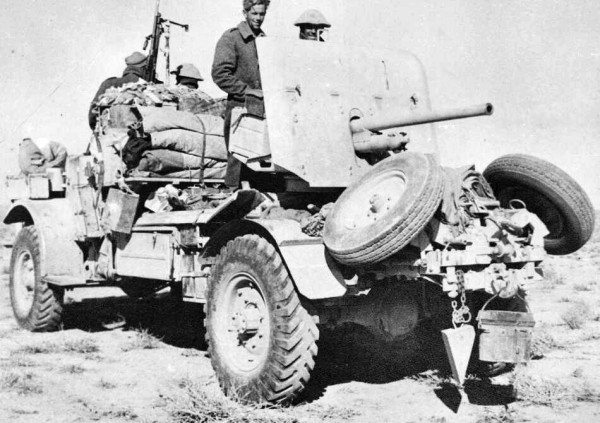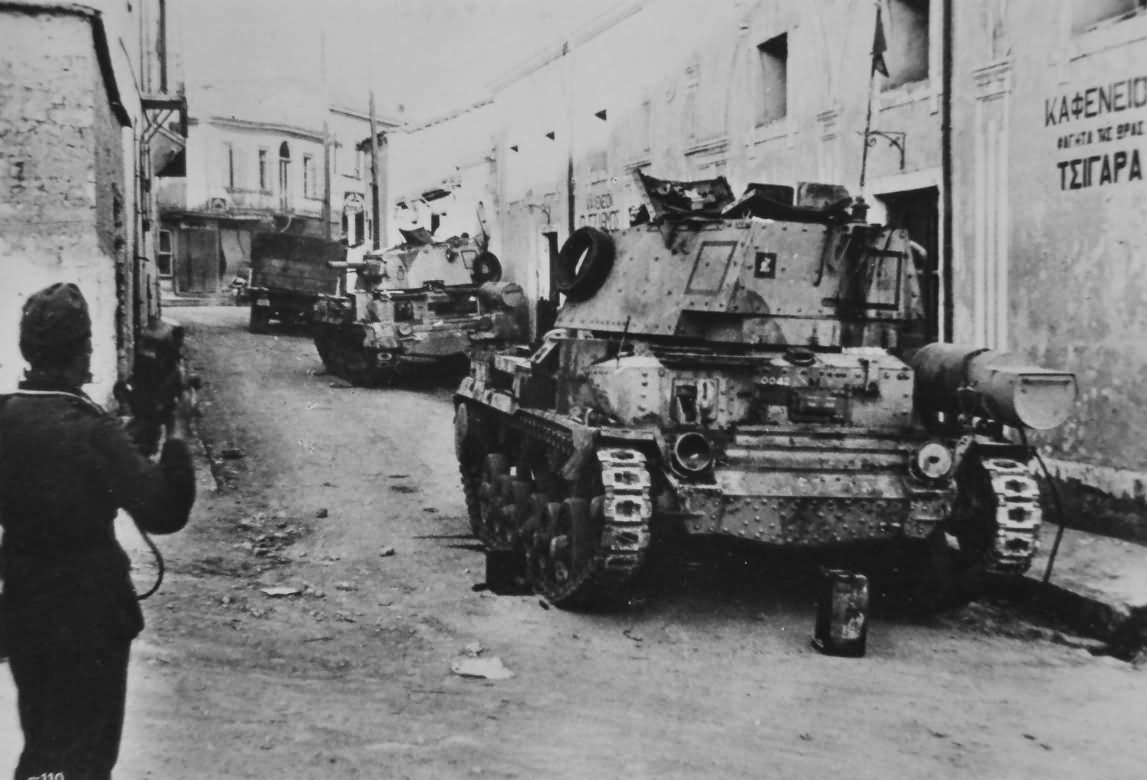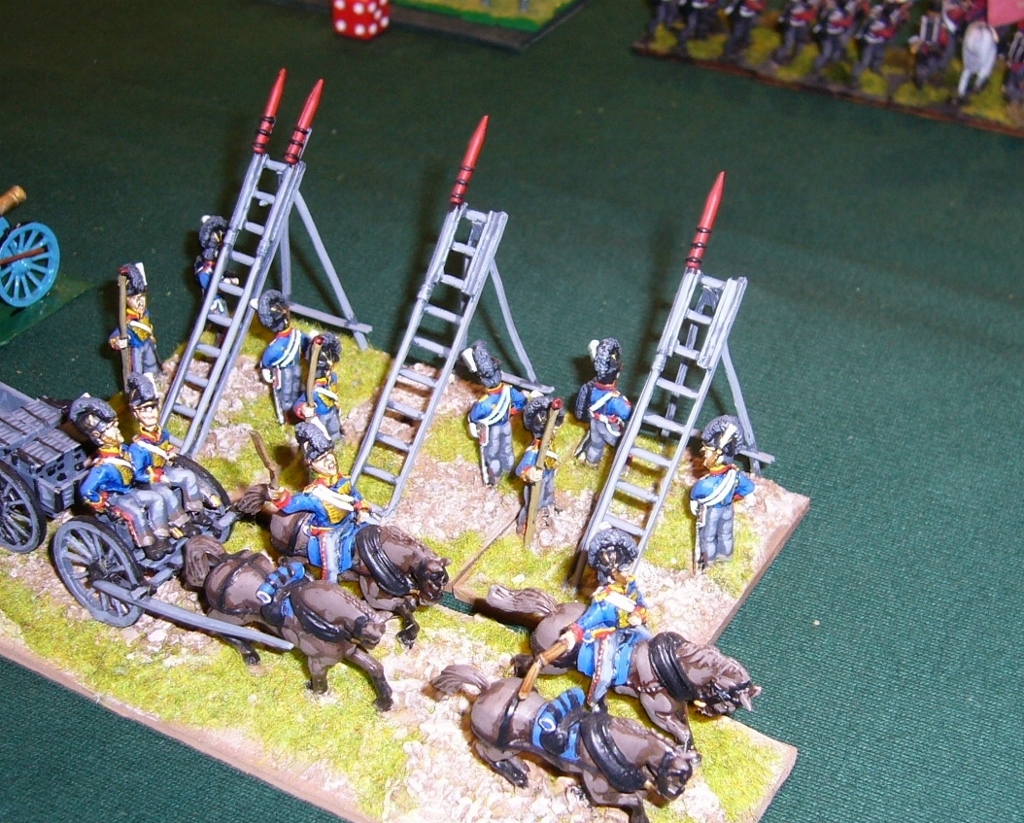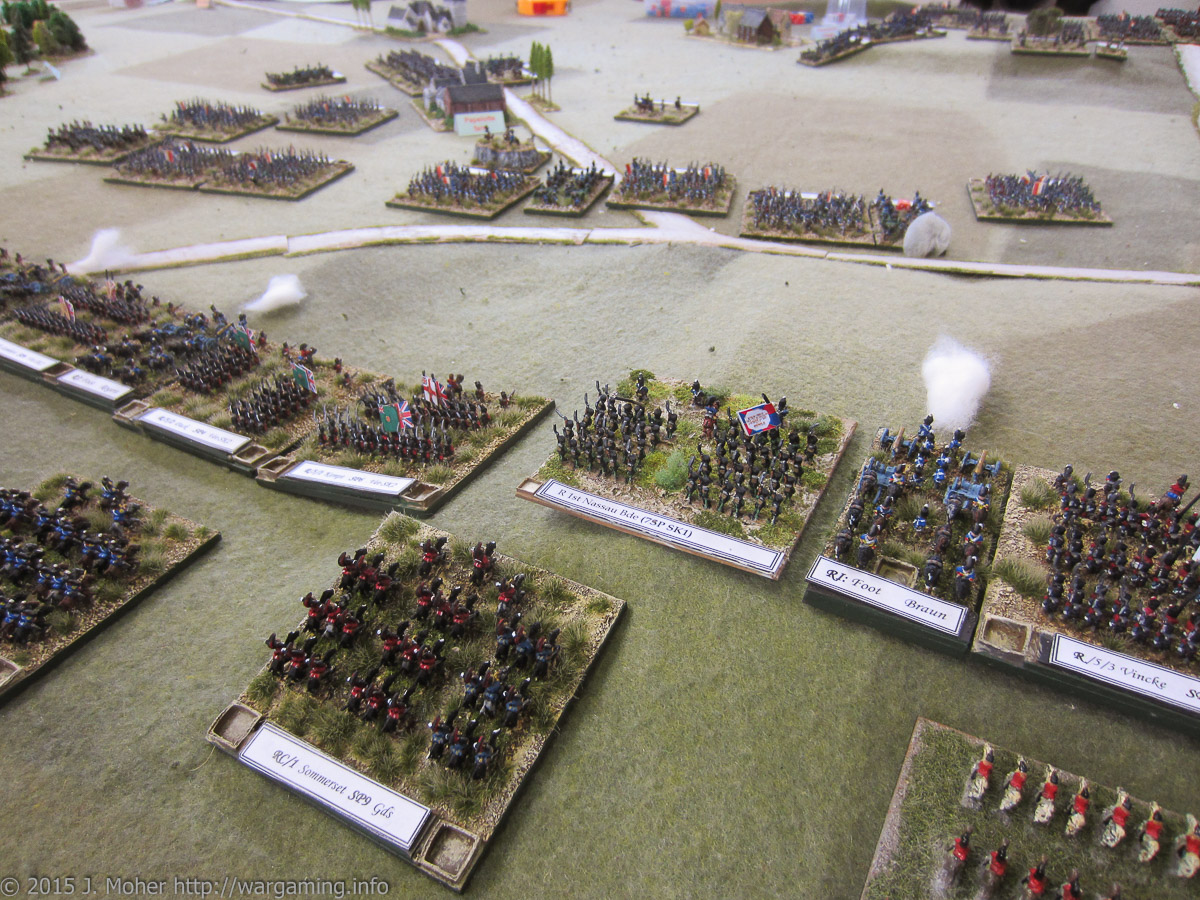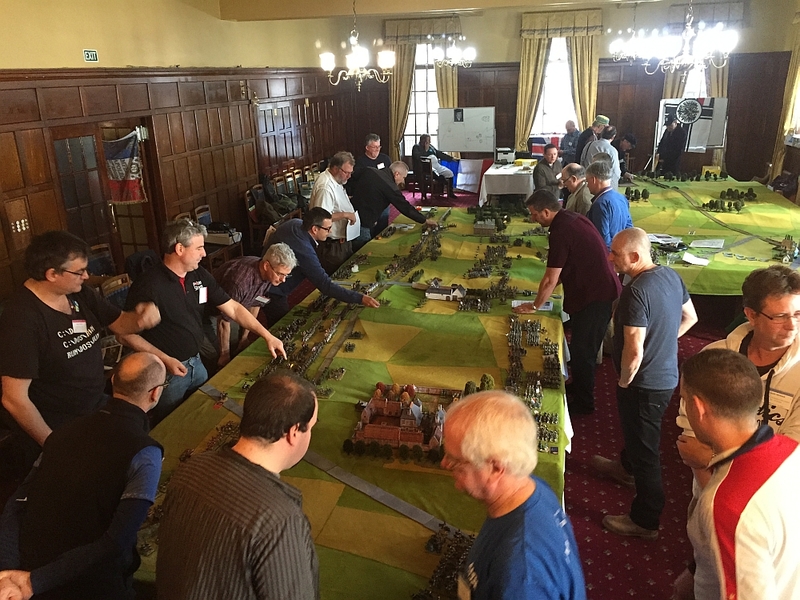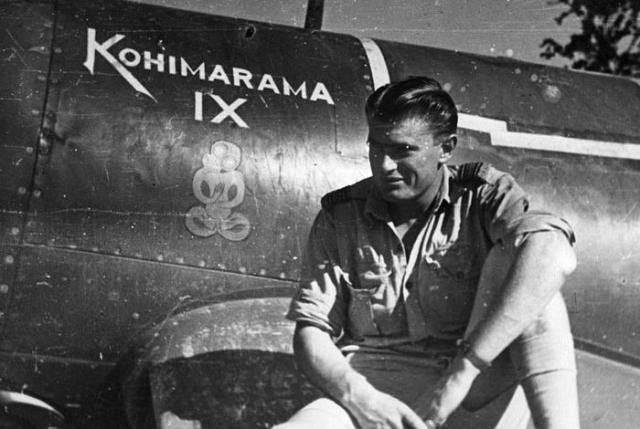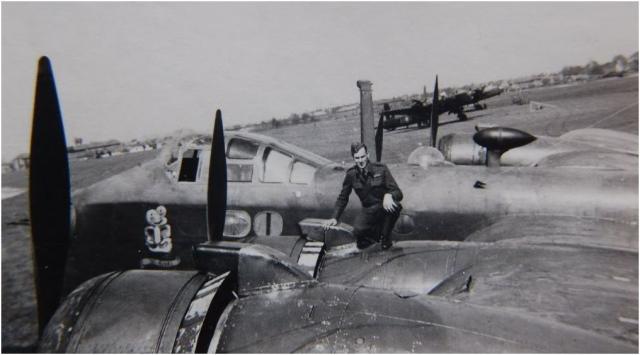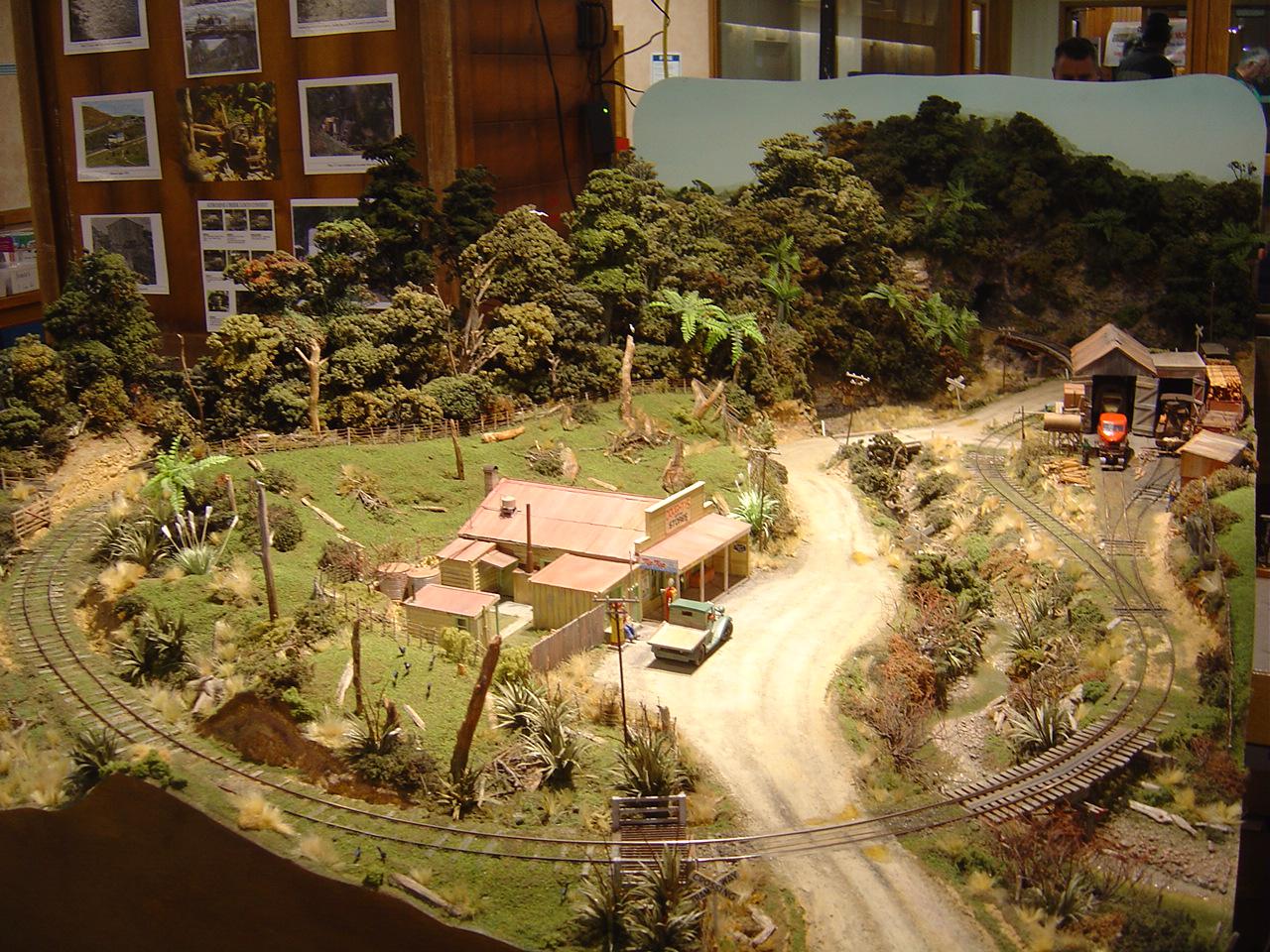I’ve recently stumbled across this interesting 2-Volume book ANZACS At The Frontiers 1941-45: Northern Italy by Ken Fenton – at least I don’t recall having seen these before. The overview starts “what happened in northern Italy over the years from 1941 to 1945 affected the lives of thousands of New Zealand and Australian servicemen, caught up in the events that were taking place in the Mediterranean Theatre of Operations…“
Continue reading “ANZACS At The Frontiers 1941-45: Northern Italy”Tag: New Zealand
French vs. Russo-Prussian 321 Game
Last week I got a first look at my friend Mark’s “321 Napoleonic Fast Play Rules” in action with his French versus Matt’s Russian-Prussian Allied army; each of 1,000 points using the rules’ points system. These rules have the Battalion, Artillery Battery or Cavalry Regiment as the base unit and are designed to be fast play so a game of this size can be finished in 2 hours or so (incl. terrain set-up) by experienced players. They are also however designed to be scalable (so larger games on bigger tables with 70+ units a side or more), and more importantly to also allow historical refights, all with accurate tactics (i.e. no Napoleonic infantry pike phalanxes in these games).
Continue reading “French vs. Russo-Prussian 321 Game”False Memory: What We ‘Know’ About WW1
There are many myths around the British Army in World War I, the old “Lions led by Donkeys” being the first of them, such as Alan Clark claiming to quote it from a German general’s remark. But in fact he just made that up (and in truth it was actually first used by the French about the British in the Crimean War). Furthermore things such as portrayed in Black Adder Goes Forth where British Generals are completely incompetent public school boy types who live it up in comfort in chateaus miles behind the lines, while sending their men off to their deaths, are just nonsensical and don’t align with historical evidence. While there may well have been one or two real generals like this, the actual majority, and the truth, is likely far from that (you can just look at the casualty rate of senior British Officers commanding Divisions and above for example).
Continue reading “False Memory: What We ‘Know’ About WW1”The Confusion of British 2pdr & 6pdr HE in WW2
Over the years there has been a lot of confusion around British HE for 2pdr and 6pdr guns – especially in the early part of the war. e.g. The 2pdr didn’t have HE, yes it did originally in 1940 but they stopped making it, no it didn’t, yes it did and they even had 11,000 rounds of it siting in storage at the outbreak of World War II – they just never issued it to the troops! Anyway I thought it might be useful (for my sanity and anybody else’s) to collate the facts as known (at least as I now know them), given a lot more information has come to light in the last 10-15 years on the subject. This was partly sparked by a recent YouTube video I watched (on the Matilda) that quoted quite inaccurately the claim that the British had 2pdr HE (in storage in 1939-1941) and never issued it, either through incompetence or criminal negligence!
Continue reading “The Confusion of British 2pdr & 6pdr HE in WW2”Mackay Force in the Florina Valley 1941
Quite sometime ago I wrote a simple resource document for a Spearhead mini-campaign set in the Florina Valley in April 1941. Mackay force was a weak-division sized force (of British, Australian & New Zealand troops) sent to cover the Monastir Gap; and prevent a German thrust down central Greece that would split the main Greek Army on the Albanian Front in the west from the British & ANZAC “W” Force (and remaining weak elements of the Greek Army) on the Bulgarian (eastern) front. It was necessitated by the sudden and very unexpected ‘rapid’ collapse of the Royal Yugoslavian Army, which, although not overly modern was still expected to have put up sufficient resistance to have at least held up the Germans for a few weeks and been able to at least hold a final defensive line in Southern Yugoslavia in co-ordination with the Greek Army on the Albania frontier.
Continue reading “Mackay Force in the Florina Valley 1941”Waterloo 200th Anniversary (3)
Following on from our previous Wellington & Auckland refight posts, on Saturday 21 June a third Waterloo Re-fight happened in New Zealand – at the Christchurch Wargaming Club, in 28mm using General de Brigade rules rather than Blackpowder that had been used in the previous 28mm scale Waterloo refight in Wellington. Continue reading “Waterloo 200th Anniversary (3)”
Waterloo 200th Anniversary (2)
Continuing on from Waterloo 200th Anniversary (1) the second re-fight was staged by our own Auckland Wargaming Club, here in Auckland on the 21 June 2015. The game was played in 6mm scale using Sam Mustafa’s ‘Grand Armee’ rules to facilitate the more sweeping view of the battle and assist in reducing the workload of producing the troops for the battle (there were still over 5,000 figures, in 1/300th scale, painted especially for this refight by several of the club’s members). Continue reading “Waterloo 200th Anniversary (2)”
Waterloo 200th Anniversary (1)
The 18 June 2015 is the 200th Anniversary of Waterloo, the battle – that along with Wavre on the same day – saw the final defeat of Napoleon and ushered in the ’50 years of peace’. Here in New Zealand there’s a couple of historical refights taking place to commemorate the battle. First up in Wellington on Saturday & Sunday 13-14 June there was a large 28mm scale re-fight at the Wellesley Club, then following on from that there was another 28mm refight at the Christchurch Wargaming Club on Saturday & Sunday 20-21 June, and our own re-fight here in Auckland, at the Auckland Wargaming Club, in 6mm scale on Sunday 21 June. Continue reading “Waterloo 200th Anniversary (1)”
The New Zealand Tiki Squadrons (2)
Continuing on from The New Zealand Tiki Squadrons (1) there were further examples of tiki art in use by the New Zealand military (in both the RAF and the RNZAF) during World War II. Next up is No. 135 Squadron RAF stationed in India in 1943, which flew Hurricanes. It’s not clear exactly how many New Zealanders operated in this squadron but the specific Hurricane pictured was flown by Pilot Officer WH “Hugh” Dean of the RNZAF. Continue reading “The New Zealand Tiki Squadrons (2)”
The New Zealand Tiki Squadrons (1)
A friend of mine has been researching the use of tiki symbolism in New Zealand prior to the 1950’s, and most notably it’s use in military units and formations. A German author, Sven Kirstin, has written 3 books about tiki pop culture (published by Taschen), claiming that this was somehow a unique cultural invention particular to the United States. Despite the fact it has been pointed out to him that white New Zealanders adopted the tiki as a popular culture icon on postcards, book covers, stamps, ashtrays, cigarette lighters, mugs etc. decades before white Americans did, he has failed to mention this in his books and persists in his view that it’s a unique cultural feature of the USA that originated around the 1950’s. Continue reading “The New Zealand Tiki Squadrons (1)”
Modelling New Zealand Bush
I was searching for information on scenic material (scatter and flock and such) and stumbled across this (NZ ‘TT’ 1:120 scale) New Zealand model railroad blog. It features some photos of Grant Morrell’s Kerosine Creek layout (in ‘S’ 3:16 Scale) from the Masterton Model Railway show in August 2011 – it absolutely creates the feel of NZ bush and minus the railway and vintage car would pretty much look how things were in the mid-late 19th Century in the areas of New Zealand that had been colonised and where bush had been cleared for grazing or early farmland.
A Theft Most Foul
Many Wargamers may not have had to experience it – but recently in New Zealand a local wargamer had his entire Warhammer collection stolen from his car during a storm (along with his PC, Xbox, etc). Likely the thieves don’t know the value and took it as a peripheral to the Electronics and other gear – but if you are a NZ gamer and see some new Warhammer figures mysteriously appear or be offered for sale check out this blog to see if they look like part of the stolen collection, it has links to photos of the figures: Trouble in the Border Provinces. The original theft occurred about 2 weeks ago in Paraparaumu, near Wellington. Continue reading “A Theft Most Foul”
